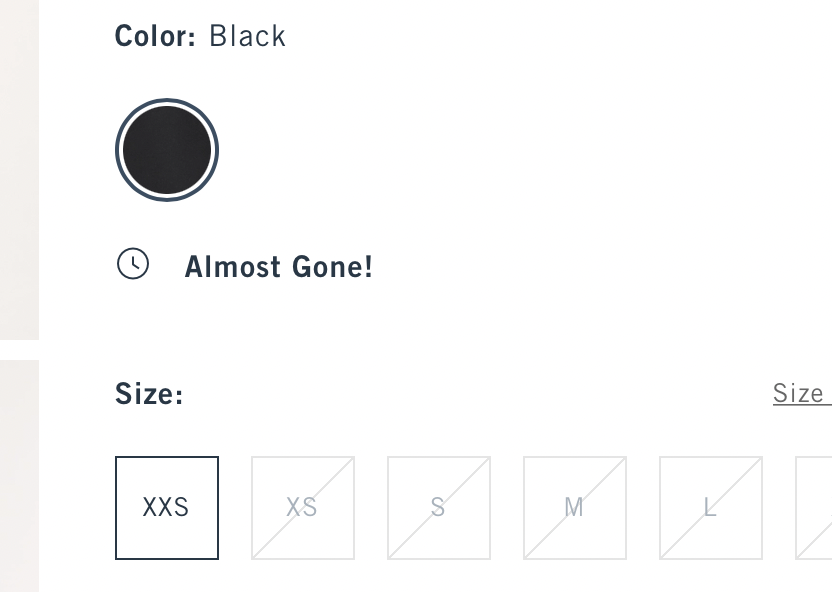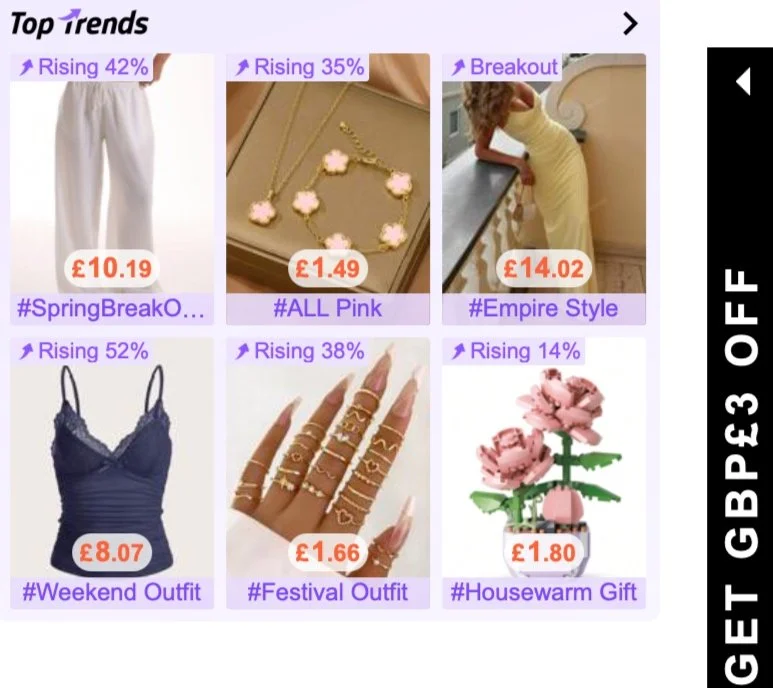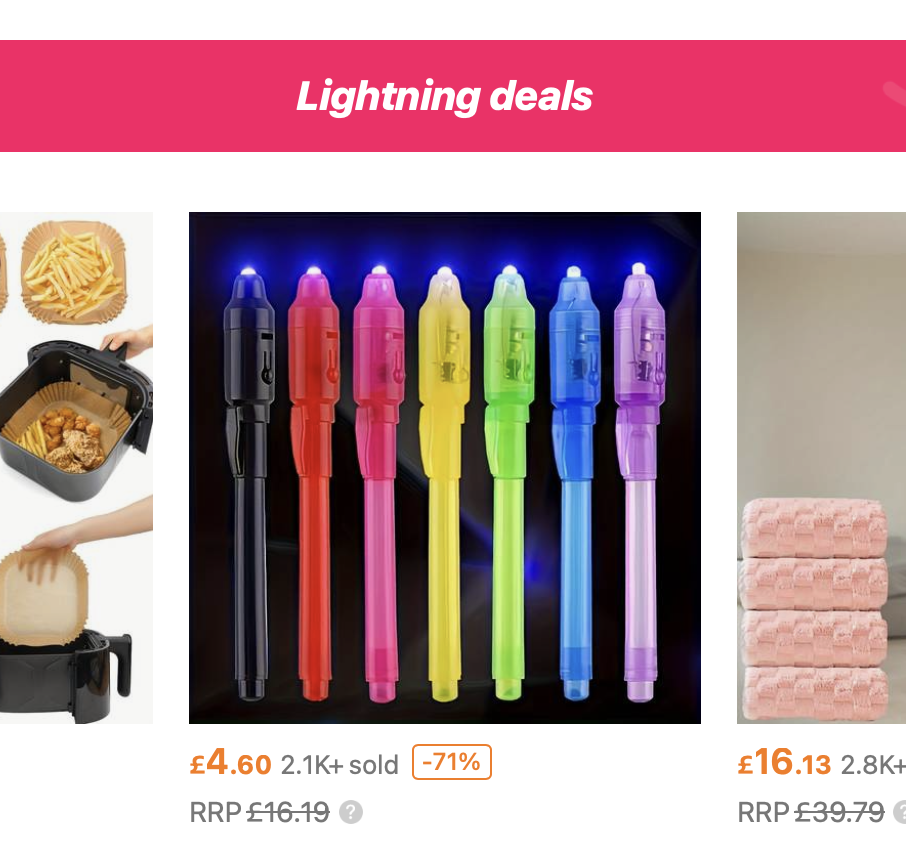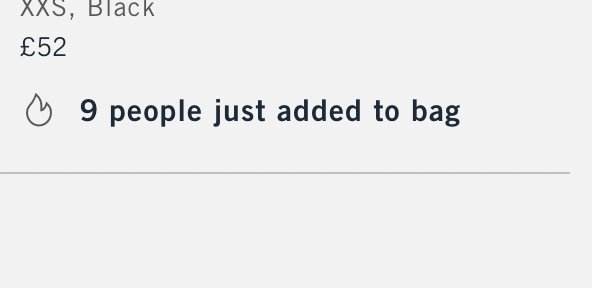Deceptive Design in Fast Fashion
UX research study: unveiling manipulative UX tactics and dark patterns in the e-commerce fast fashion industry.
Role
User Research
Year
2025
Overview
E-commerce 'deceptive design tactics' contribute to excessive fashion consumption. In today’s digital landscape, shopping for fashion online has never been easier. With just a few clicks, consumers can browse endless collections, compare prices, and make purchases from the comfort of their homes. However, beneath the convenience and accessibility of e-commerce lies a growing concern: deceptive design patterns, also known as dark patterns, that subtly manipulate user behaviour to drive sales. These tactics, often employed by fast fashion retailers, can lead to unintended purchases, misleading discounts, and frustration for shoppers.
Objective
This UX research project aims to explore how deceptive patterns impact the online fashion shopping experience, shedding light on the strategies used by fast fashion brands and their effects on user decision-making. By conducting user interviews, usability testing, and analyzing real-world shopping journeys, this study will uncover the emotional, cognitive, and behavioural responses triggered by deceptive design. This studies main objective is to understand our relationship to online interfaces, specifically in the realm of online-first fast fashion, and how design features impact our choices.
The goal of this research is to advocate for more transparent, ethical, and user-centered design practices in the fashion e-commerce space. By understanding consumer experiences and identifying problematic patterns, we can propose design solutions that prioritize user trust and empower informed decision making.
The Market
Deceptive design patterns are widespread across digital platforms. A 2019 study by Princeton University and the University of Chicago revealed that over 10% of 11,000 popular eCommerce sites featured manipulative design tactics. Similarly, researchers from the University of Zurich found that 95% of the top 240 free apps on the Google Play Store contained deceptive patterns, with many averaging at least seven instances of these tactics.
Investigation & Insights
Number of dark patterns found
Research
Questions
What manipulative UX tactics are commonly used in fast fashion e-commerce?
How do these dark patterns influence user decision-making and purchasing behaviour?
How can ethical UX design be used to counteract deceptive patterns?







